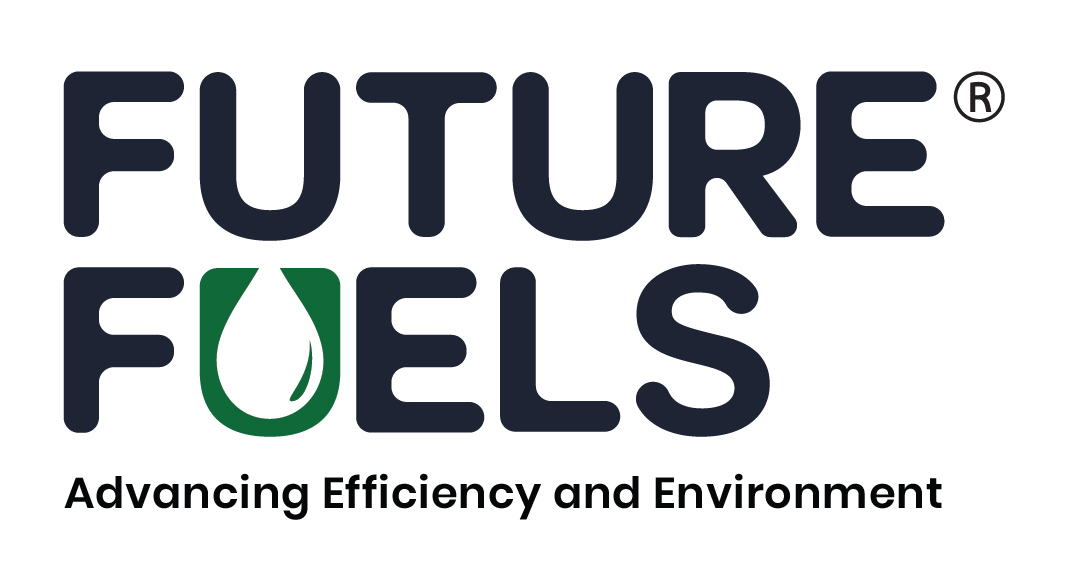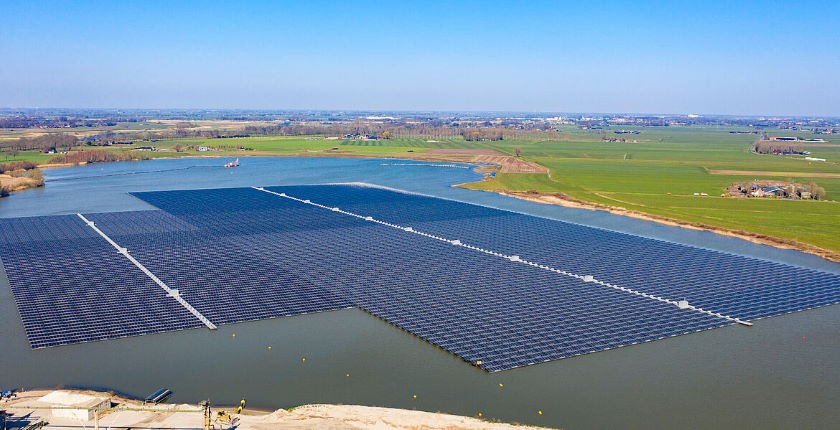Researchers from Cambridge University have developed floating artificial leaves that generate clean fuels from sunlight and water, and are hopeful they could eventually operate on a large scale at sea.
The researchers designed ultra-thin, flexible devices, which take their inspiration from photosynthesis – the process by which plants convert sunlight into food. Since the low-cost, autonomous devices are light enough to float, they could be used to generate a sustainable alternative to petrol without taking up space on land.
Outdoor tests of the lightweight leaves on the River Cam showed that they can convert sunlight into fuels as efficiently as plant leaves.
The team used thin-film metal oxides and materials known as perovskites, which can be coated onto flexible plastic and metal foils. The devices were covered with micrometre thin, water-repellent carbon-based layers that prevented moisture degradation. They ended up with a device that not only works, but also looks like a real leaf.
Tests of the new artificial leaves showed that they can split water into hydrogen and oxygen, or reduce CO2 to syngas. While additional improvements will need to be made before they are ready for commercial applications, the researchers say this development opens whole new avenues in their work.
Tags: Cambridge University, Clean Fuels, Floating Artificial Leaves, Sunlight



Recent Posts
Scandlines Nears Delivery of Zero Emissions Ferry Following Successful Sea Trials
India faces emission roadblocks with rising net-zero demands
Green Energy Resources invests in two electric Liebherr LHM 550
NYK Launches Continuous Use of Bio LNG Fuel on Car Carriers to Advance Decarbonization Goals
Yang Ming Expands Fleet with Methanol and LNG Dual-Fuel Vessels Under Fleet Optimization Plan
ClassNK Advocates Speed Gap Monitoring to Optimize Fuel Efficiency in Heavy Weather
Wärtsilä’s retrofit package for the Corsica Linea ferry Pascal Paoli has resulted in fuel savings of up to 22 percent Corsica Linea
COSCO Shipping Names Second Methanol Dual-Fuel Containership in Yangzhou